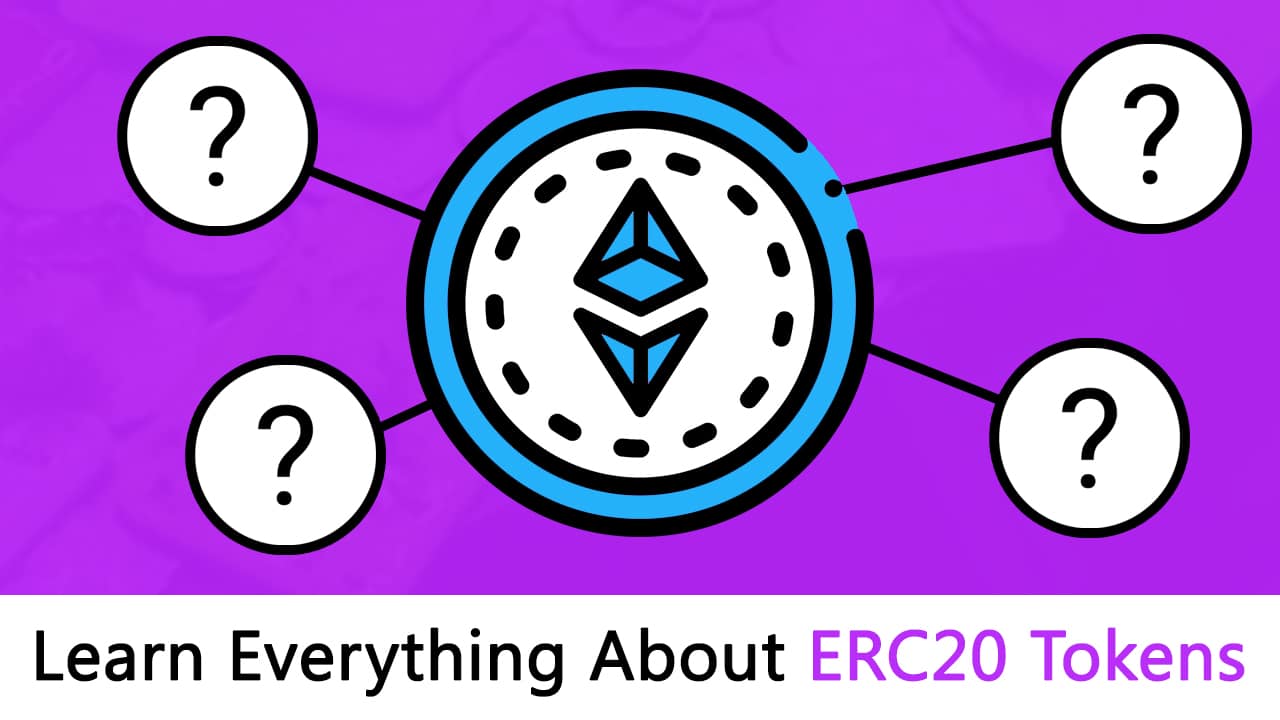
After deploying this file, we will be the owner of the contract and thus have the authority and ability to mint the tokens. This file is written by OpenZeppelin according to ERC20 standards with minter functionality.

We have ERC20PresetMinterPauser.sol file in the presets. This is a remix feature that allows us to import a GitHub contract repository to remix by just giving the URL-Link. Since we will use an ERC-20 contract from OpenZeppelin, just paste this line to the file and save.Īfter saving the file, we will see a bunch of files that are imported to remix. You can choose a name or leave the default. When you click the New File button, you will see a pop-up that requires a file name. On this page, first, click "SOLIDITY" from "Featured Plugins" and then click the "New File" button. Open Remix on your browser or go to this link. Now, we can create our mintable token on Remix. Then check your wallet balance and you should have some test token in your metamask. This test faucet token has no value, it is just for development purposes. Let’s go to avax faucet and paste our C-Chain address, for example "0xfe8886bec537252040Dff36448C0F104Be635650".Īfter copy and paste the address here, click request 20 AVAX. On a local network, you can easily fund your addresses by deploying your own faucet. Navigate to and paste your C-Chain address. Using Test Network Faucet įor funding on the test network, you can also use the Test Network Faucet. Wallet can be used on test and local networks, too. The process is simple, as explained in this tutorial. On the main net, you can use the Avalanche Wallet to transfer funds from the X-Chain to your C-Chain address. Fund Your C-Chain Address ĭepending on the network used, there are three ways to get funds to your C-Chain address. Now, we need to set these boxes with correct values.Īfter setting up all the parameters correctly, we should see this page. The first thing we should set is a metamask wallet.Ĭlick to metamask icon on the browser and select the network drop-down menu.
#ERC 20 TOKENS HOW TO#
Let’s look at how to create an ERC-20 contract and deploy it to avalanche C-Chain. This is the feature that Avalanche provides us- to be able to deploy any smart contract to the chain and no requirement for a new language specific contract concept to interact.

The thing we have to mainly consider is that we will deploy a smart contract written with Solidity to Avalanche. The token will be generated on Avalanche C-Chain and will be accessible on that chain. Therefore, we will be creating our own mintable ERC-20 token and will mint it to any address we want. The token standard that would be used for the projects is not specific and everyone can create their own standard and own token. As the Avalanche community and the ecosystem are growing, new use cases and projects that are running on Ethereum or different chains would be implemented to Avalanche. ERC-20 tokens are the most fundamental and essential concept in Ethereum.


 0 kommentar(er)
0 kommentar(er)
